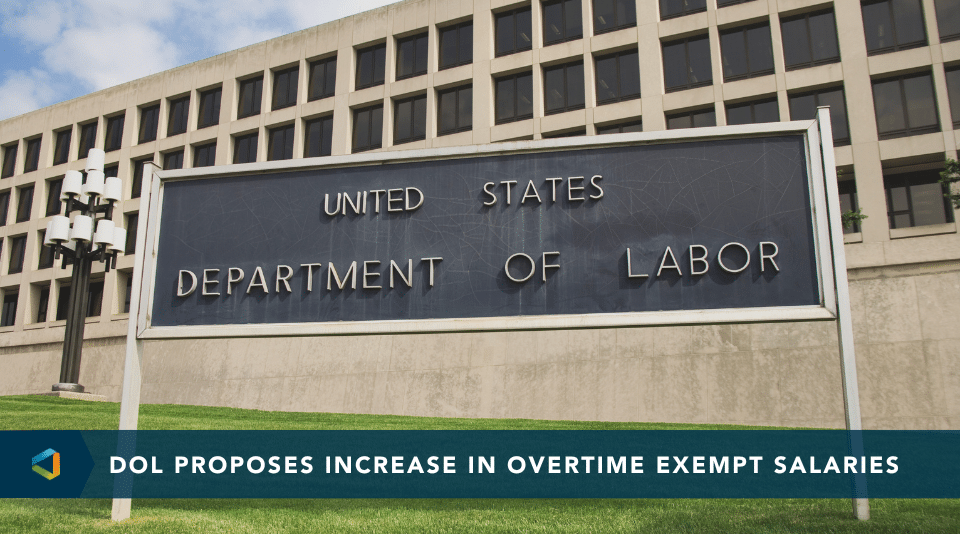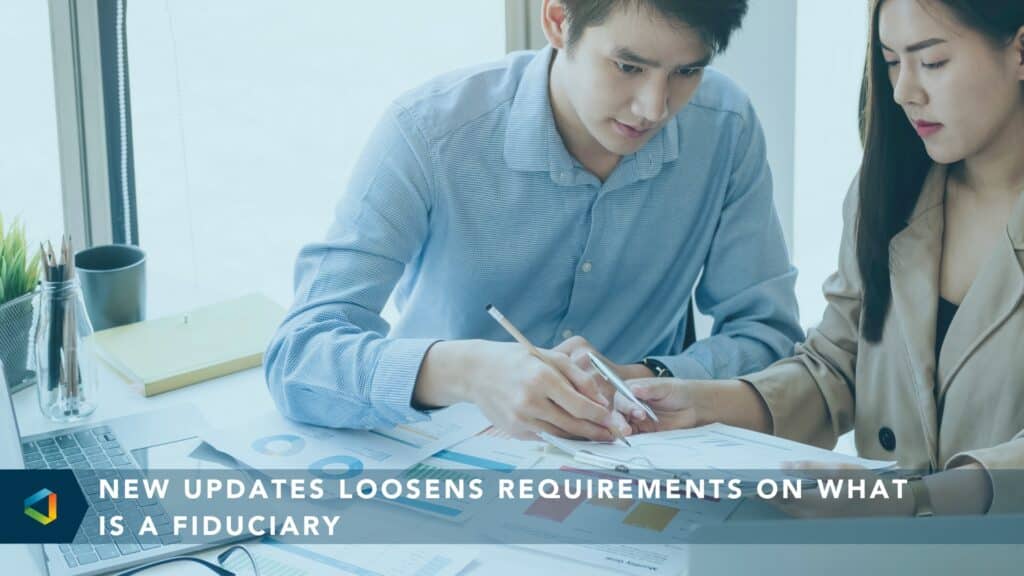Compliance Confidence
Third Interim Final Rule Explains the Independent Resolution Process
Third Interim Final Rule Explains the Independent Resolution Process
On September 30, 2021, the third interim final rule was issued on provisions of the No Surprises Act (third rule).
It was issued jointly by the Department of Health and Human Services, Department of Labor, and Department of the Treasury (Departments). The rule focuses primarily on how providers, facilities, and health plans can resolve payment disputes through an independent resolution process. It also provides greater protections for uninsured or self-pay individuals by requiring providers and facilities to provide good faith estimates prior to receiving items or services.
What is the Independent Resolution Process?
The No Surprises Act is an attempt to “protect participants, beneficiaries, and enrollees in group health plans and group and individual health insurance coverage from surprise medical bills when they receive emergency services, non-emergency services from nonparticipating providers at participating facilities, and air ambulance services from nonparticipating providers of air ambulance services, under certain circumstances.”
One of the major provisions of the first interim private rule was changing the way billing is determined when a consumer has to pay an out-of-network provider or facility. Under the first rule, the total amount a consumer will pay to an out-of-network provider or facility will be determined by an All-Payer Model Agreement (APM) under Section 1115A of the Social Security Act. Some states, such as Maryland and Pennsylvania, already have APMs in place. For states that do not, the amount charged will be based on state law.
If there is no APM or applicable state law, the patient will be billed an amount agreed upon by the plan and the provider or facility. If none of the preceding apply, the amount will be determined by an independent dispute resolution entity (IDR).
An IDR can only be selected after a 30-day “open negotiation” to attempt to resolve the dispute. If the plan and provider or facility cannot agree upon a payment rate, the parties must then jointly select a certified IDR. If the parties cannot agree on an IDR, the Departments will select one for them. After receiving each parties’ proposals and supporting documentation, the IDR will select one of the parties’ offers and issue a binding determination. Each party is required to pay a $50 administrative fee. However, the losing party is responsible for the IDR’s fee for adjudicating the dispute.
The negotiation and IDR deadline timeline will follow the timeline below:
Independent Dispute Resolution Action |
Timeline |
| Initiate 30-business-day open negotiation period | 30 business days, starting on the day of initial payment or notice of denial of payment |
| Initiate IDR process following failed open negotiation | 4 business days, starting the business day after the open negotiation period ends |
| Mutual agreement on certified IDR | 3 business days after the IDR initiation date |
| Departments select certified IDR if parties cannot agree | 6 business days after the IDR initiation date |
| Submit payment offers and additional information to the IDR | 10 business days after the date of the IDR selection |
| Payment determination made | 30 business days after the date of the IDR section |
| Payment submitted to applicable party | 30 days after the payment determination |
When making a decision, the IDR must presume that the qualifying payment amount (QPA) is the appropriate amount. Typically, a QPA is the plan’s median contracted rate. Parties are allowed to submit other information as allowed by statute, but the credibility of the information is determined by the IDR. Generally speaking, the IDR will select the offer that is closest to the QPA. If they do not, the decision must be based on information that “must clearly demonstrate the value of the item or service is materially different from the QPA.”
IDR’s will be required to submit monthly reports. The Departments will use those monthly reports to issue quarterly public reports on payment determinations. If you are interested in how CDR’s become certified by the Departments, visit the Center for Medicare & Medicaid Services (CMS) website.
What about uninsured individuals?
The rule also adds protections for uninsured or self-pay individuals. Beginning January 1, 2022, providers and facilities must provide an uninsured individual with a good faith estimate of charges. The estimate must be provided after a service is scheduled or upon request from the individual. The estimate includes the expected charges for the primary service received and “any other items or services that would reasonably be expected as part” of the service.
According to CMS, to make the estimate useful, the facility or provider must:
- Provide a good faith estimate to an uninsured or self-pay individual:
- Within 1 business day after scheduling (when the primary item or service is scheduled at least 3 business days before the day they would receive it) or not later than 3 business days after scheduling (when the primary item or service is scheduled at least 10 business days before they would receive it), depending on scheduling; or
- Within 3 business days after they request a good-faith estimate
- Include an itemized list of each item or service, grouped by provider or facility offering care; each item or service must have specific detail and expected charge
- Provide a paper or electronic copy of the estimate
- Provide the estimate in clear and understandable language
Payment Disputes Between Uninsured or Self-Pay Individuals and Providers
If the uninsured or self-pay individual receives a bill that is significantly greater than the estimate, they can:
- Begin a dispute resolution within 120 calendar days with the provider when the actual billed charges are at least $400 more than the provided estimate
- Request that a third-party dispute organization review the estimate, bill and any other information submitted
- Pay an administrative fee of $25; if the consumer prevails, the fee will be refunded
We will provide further information and updates upon the release of additional guidance and information. For more information on how to ensure your organization remains compliant, visit OneDigital’s Compliance Confidence page.
Share
Related News & Updates

Article
IRS Issues Final Rule to Fix “Family Glitch”
10.12.2022



